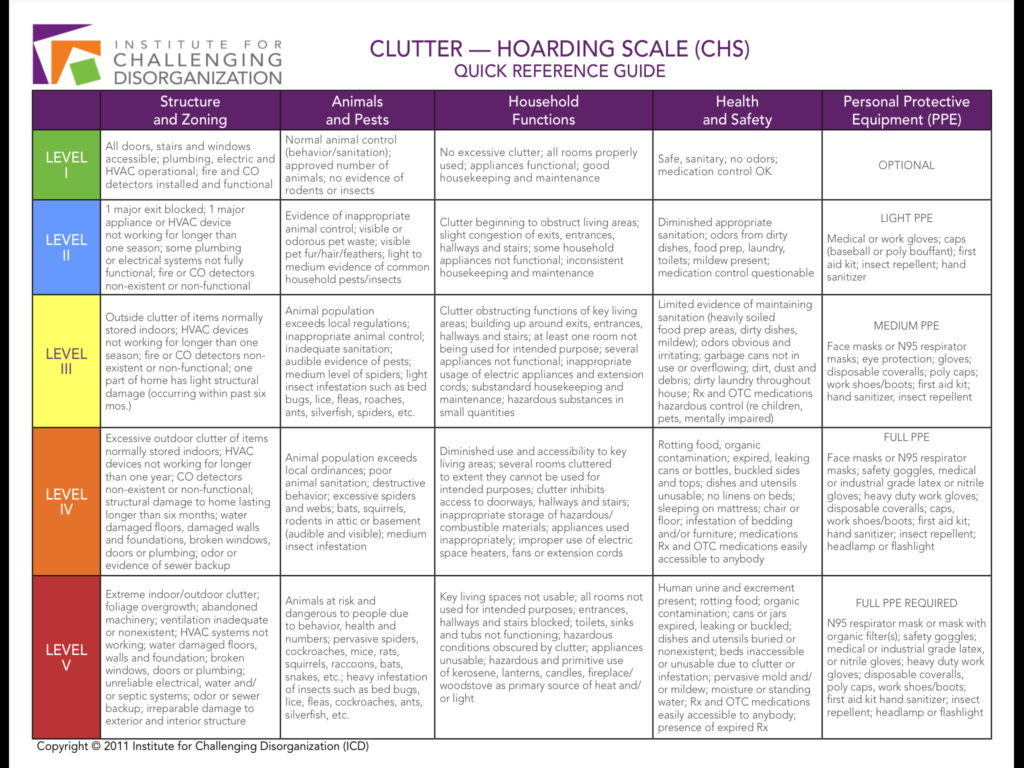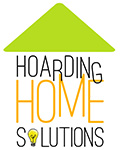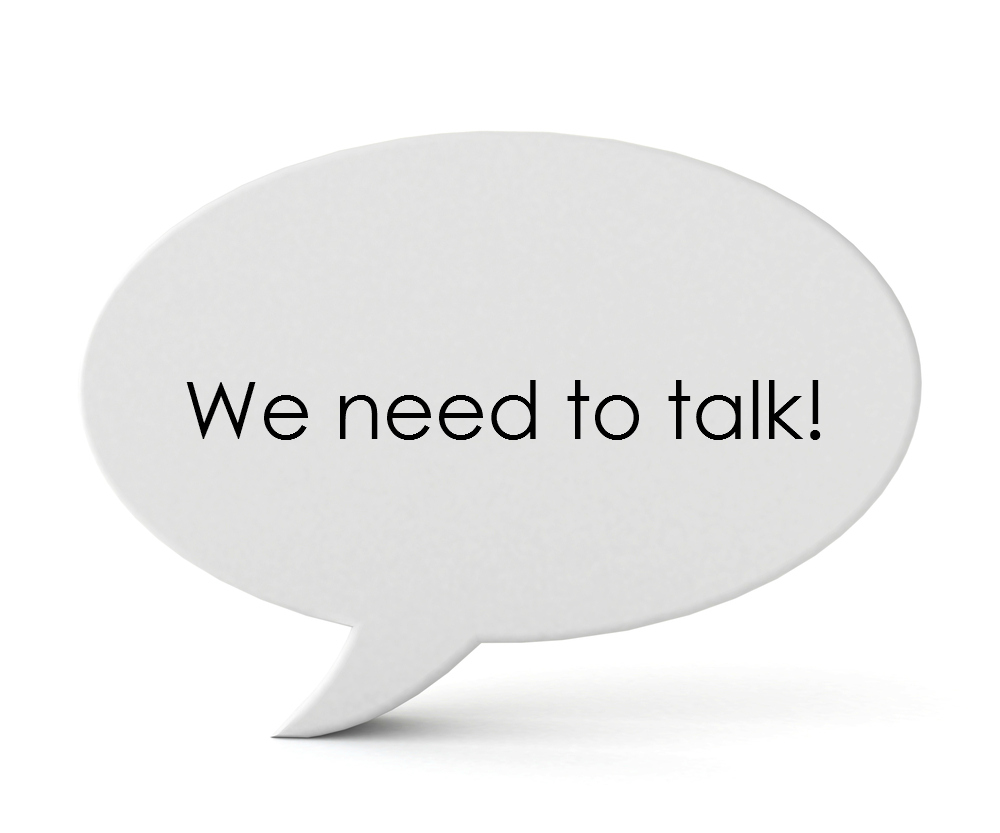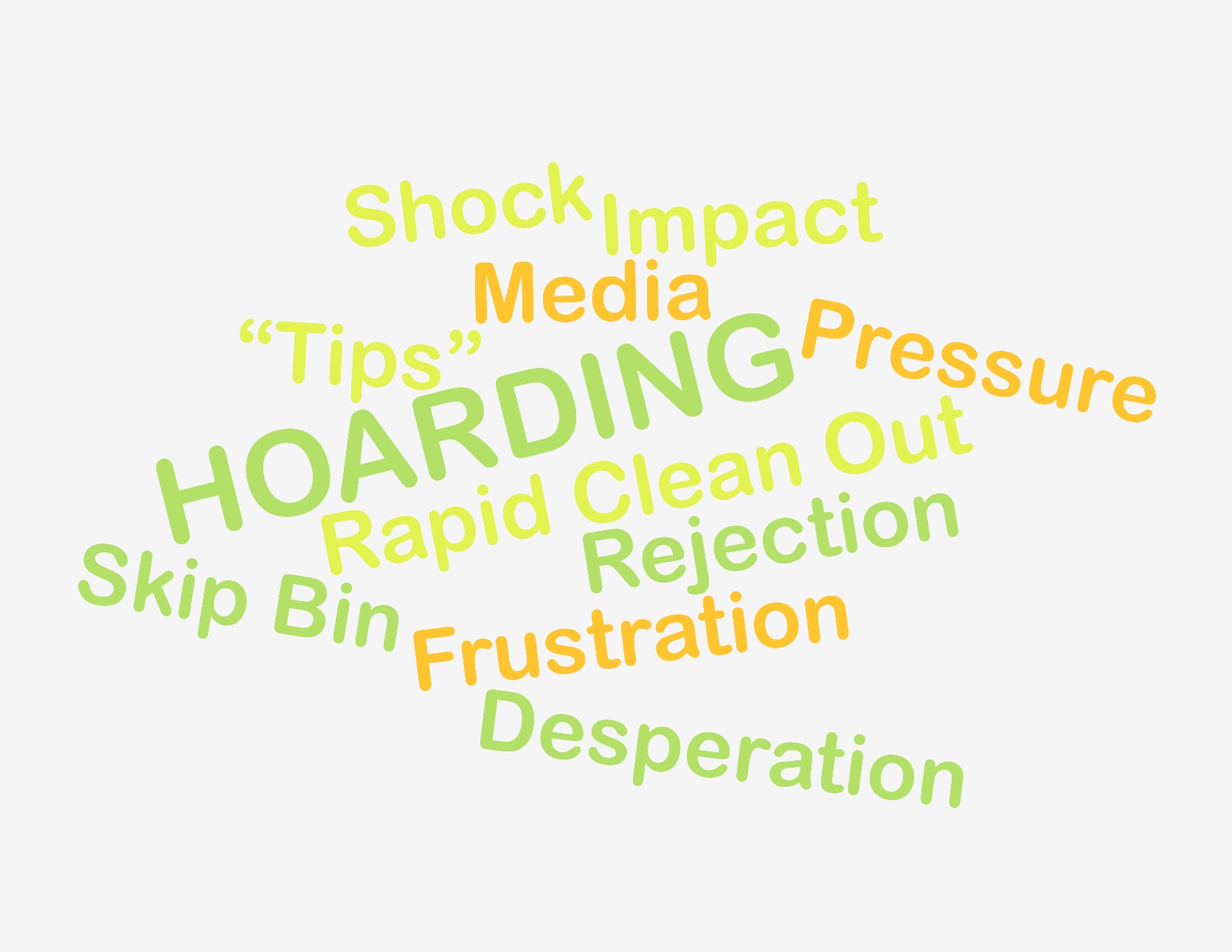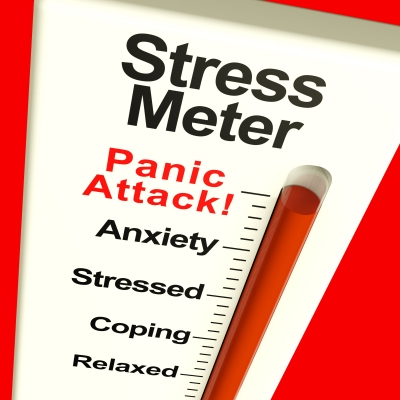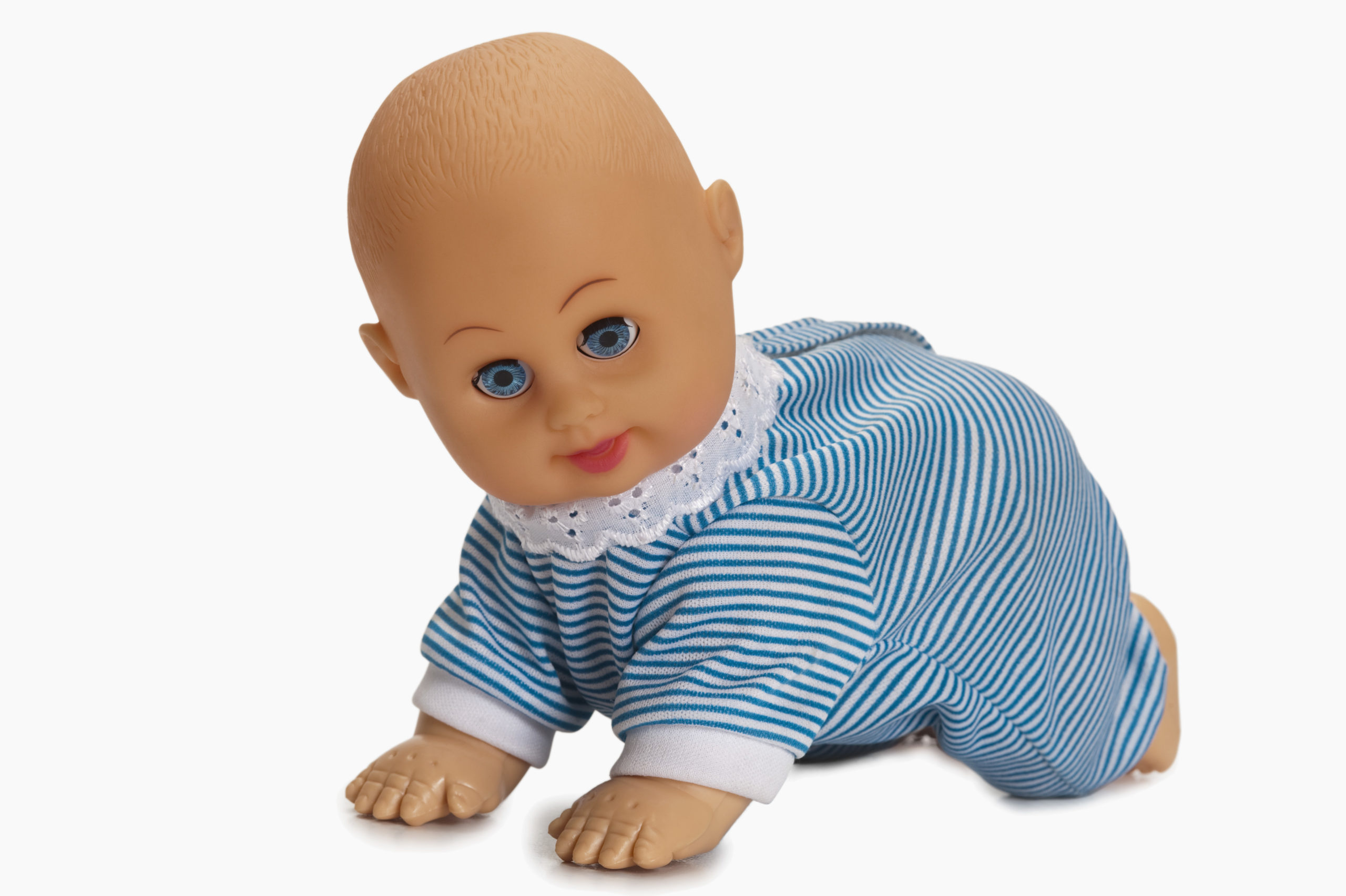Picture this.
You’re approaching the home of a new client. The garden is reasonably neat but there is an old washing machine on the veranda surrounded by an assortment of pots, ornaments and bird cages in various shapes, sizes and condition. A sign directs you to use the back entrance. As you enter the home you notice fruit flies and the sickly smell of kitty litter boxes that could use emptying. Mail, catalogues, bags and ornaments occupy surfaces in the living room, and you can see now that the front door is blocked by a large cabinet. The kitchen counters are cluttered with food and dirty dishes and new food purchases are in bags on the floor. You accidently knock over the cat chow while trying to peak into the laundry. You can’t fully open the door as it is blocked by a pile of linens. It’s chilly as the gas heating needs repair but your client stays toasty by working from her bed. The bathroom hasn’t been cleaned in a while and you notice open bottles of prescription medication on the counters and floor.
Later that day, a colleague checks in with you about the condition of the home. What do you say?
“It’s pretty bad, but not the worst I’ve seen”. This response is polite but doesn’t really tell your colleague much.
“It’s gross! I don’t know how people can live like that.” This response is unprofessional, disrespectful and still doesn’t tell your colleague much.
“I rate it a 2 on the ICD Clutter Hoarding Scale”. This is a great response! Let us tell you why.
What is the ICD Clutter Hoarding Scale?
The Clutter Hoarding Scale (CHS) is a residential observational assessment tool developed by the Institute for Challenging Disorganization. It is widely used by Professional Organisers and related professionals to assess the degree of clutter in a home. It allows the person making the assessment to break down what they are seeing into key categories relating to health and safety and rate the severity.
Why we love the CHS
- The CHS helps make sense of an overwhelming environment by providing a framework for taking stock of what you are seeing.
- It conveys the severity of a problem to someone who hasn’t seen it yet without using potentially emotive, disrespectful or judgemental language. And, when collaborating with a team it allows all parties to agree on the severity of the situation based on clearly defined parameters.
- The CHS helps to identify specific problems that need to be addressed and agree realistic and clearly defined goals. This in turn helps to manage the expectations of all stakeholders.
- Unlike other popular assessment tools, it identifies hazards such as mould, infestations, and risks related to inappropriate storage of medicine, poor animal sanitation, standing water and more.
- The CHS recommends the appropriate personal protective equipment for the level of clutter observed.
Your new client’s home was assessed as a Level 2 on the CHS. Your colleague can immediately picture the scope of work that may be involved in improving the health and safety of the client’s home. You are also able to prioritise work. For example, a routine for maintaining the kitty litter trays and a system for managing medication are two relatively simple activities that will have a significant and immediate impact. Unblocking the front entry will also be a priority for safety purposes.
Find Out More
Click here for more information about the ICD Clutter Hoarding Scale and to download a copy.
